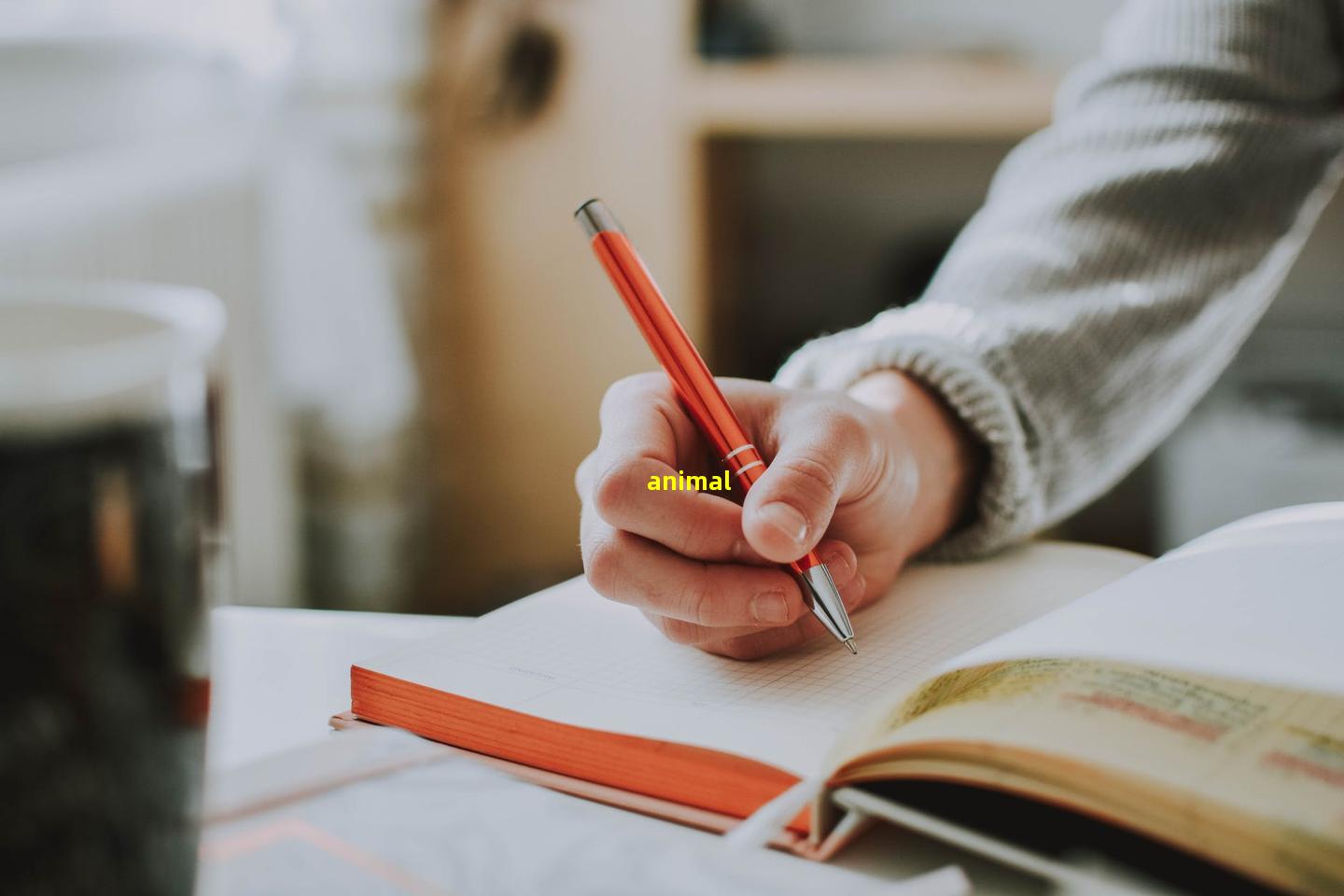dog幼儿英语教案(cat dog rabbit幼儿英语教学)
1、dog幼儿英语教案
幼儿英语教案:与狗狗共度快乐时光
---
在幼儿英语教学中,通过与孩子们的日常生活紧密相关的主题来激发他们的兴趣是非常重要的。宠物,尤其是狗狗,是孩子们喜闻乐见的动物之一。本教案旨在通过与狗狗相关的活动,帮助孩子们在轻松愉快的氛围中学习英语。
教学目标
1. 学习与狗狗相关的基础英语词汇。
2. 培养孩子们对英语学习的兴趣和热情。
3. 通过游戏和互动活动,提高孩子们的听说能力。
教学准备
- 教学卡片:包含狗狗的图片和对应的英文单词。
- 音频材料:狗狗的叫声和简单的英语指令。
- 教学道具:玩具狗或狗狗模型。
教学过程
Step 1: 引入主题
开始课程时,可以通过展示一张可爱的狗狗图片来吸引孩子们的注意力。例如,可以展示一张金毛寻回犬的图片,并询问孩子们:“Do you like dogs? What's this?” 孩子们通常会兴奋地回答。
Step 2: 学习新词汇
使用教学卡片,教授孩子们一些基础的与狗狗相关的词汇,如 "dog", "puppy", "tail", "bark" 等。可以通过重复和游戏的形式帮助孩子们记忆这些词汇。
Step 3: 听力练习
播放狗狗的叫声和简单的英语指令,如 "Sit down", "Stand up", "Shake hands" 等,让孩子们根据听到的指令做出相应的动作。这不仅能够锻炼孩子们的听力,还能让他们在实践中学习英语。
Step 4: 角色扮演
将孩子们分成小组,让他们扮演狗狗和主人的角色。孩子们可以轮流使用学到的词汇和指令进行对话和互动。例如,一个孩子可以扮演狗狗,另一个孩子则发出指令 "Sit down",扮演狗狗的孩子则需要做出相应的动作。
Step 5: 创作与分享
鼓励孩子们画出他们心中的狗狗,并用英语描述他们的画作。之后,每个孩子可以向全班展示并介绍他们的作品,如 "This is my dog. It's big and brown."
Step 6: 复习与
在课程的通过一个简单的游戏来复习今天学到的内容。例如,可以进行一个 "Memory Match" 游戏,将单词卡片和图片卡片配对,帮助孩子们巩固记忆。
通过本教案,孩子们不仅能够学习到与狗狗相关的英语词汇,还能在互动和游戏中提高英语的听说能力。重要的是,孩子们能够在快乐的氛围中学习,从而培养他们对英语的兴趣和热爱。
---
注意: 文章中插入的图片应为教学卡片或与狗狗相关的图片,以增强教学效果。例如,可以在教学过程的第一步中插入一张可爱的狗狗图片,如下所示:

请确保图片内容适合幼儿,并与教学主题相关。
2、cat dog rabbit幼儿英语教学
Cat, Dog, Rabbit: Fun English Learning for Little Ones
Welcome to a delightful journey into the world of pets with our little friends, the cat, dog, and rabbit. This article is designed to help young learners explore the English language while having fun with these adorable animals.
Introduction to Our Furry Friends
Let's start by getting to know our three main characters: the cat, dog, and rabbit. Each animal has its own unique characteristics and behaviors that we can describe in English.
Cat: Cats are known for their agility and grace. They have soft fur and sharp claws. They love to play with yarn and chase after toys.
Dog: Dogs are loyal and friendly. They wag their tails when they are happy and have a keen sense of smell. They enjoy running around and playing fetch.
Rabbit: Rabbits are gentle creatures with soft fur and long ears. They hop around and can be quite fast. They like to eat carrots and lettuce.
Vocabulary Building
To help our little learners, let's introduce some simple words associated with each animal:
- Cat: Whiskers, meow, purr, claws, paw
- Dog: Bark, wag, fetch, tail, collar
- Rabbit: Hop, ears, fur, carrot, lettuce
Interactive Learning
Here's a fun activity to engage the kids:
1. Picture Recognition: Show the children pictures of each animal and ask them to name it in English.
2. Sound Mimicry: Teach them the sounds each animal makes and have them mimic the sounds.
3. Action Words: Use action words to describe what the animals do, like "The cat meows and purrs" or "The dog wags its tail and barks."
Storytelling Time
Create a short story involving the cat, dog, and rabbit to make the learning experience more engaging:
Once upon a time, in a colorful neighborhood, there lived a curious cat, a playful dog, and a hopping rabbit. They were the best of friends and loved to play together. One sunny day, they decided to have a race. The cat with its sharp claws, the dog with its wagging tail, and the rabbit with its quick hops, all lined up at the starting line. With a cheer, they started running towards the finish line, each showing off their unique abilities.

Coloring and Drawing
Encourage the children to express their creativity by coloring or drawing pictures of the cat, dog, and rabbit. This not only reinforces their memory of the vocabulary but also allows them to have fun while learning.
Conclusion
Learning English can be a fun and interactive experience, especially when it involves our furry friends. By using pictures, stories, and interactive activities, young learners can develop a love for the language and an appreciation for the world of animals.
Remember, the key to successful learning is to keep it fun and engaging. Happy learning with cats, dogs, and rabbits!
3、dog cat pig 教案
教案探索动物世界:狗、猫、猪
教学目标
1. 让学生了解狗、猫、猪这三种常见的家养动物的基本特征。
2. 培养学生对动物的关爱和责任感。
3. 通过活动,提高学生的观察能力和比较分析能力。
教学准备
- 动物图片或模型(狗、猫、猪)
- 相关动物的音频资料
- 动物生活习性的资料
- 教学PPT
教学过程
导入新课
- 问题引入:询问学生是否喜欢动物,家里是否养有宠物。
- 展示展示一张可爱的动物图片,激发学生兴趣。` `
`
新课呈现
1. 介绍动物特征:
- 狗:忠诚、活泼、嗅觉灵敏。
- 猫:独立、优雅、喜欢清洁。
- 猪:聪明、温顺、善于社交。
2. 动物生活习性:
- 通过PPT展示狗、猫、猪的生活习性,如饮食、睡眠、活动等。
3. 动物与人类的关系:
- 讨论狗、猫、猪如何成为人类的好朋友,以及它们在人类生活中的作用。
互动环节
- 分组讨论:学生分组讨论自己最喜欢的动物,并说明理由。
- 角色扮演:每组选择一种动物,进行角色扮演,展示该动物的特点。
巩固练习
- 观察练习:学生观察并描述自己家中宠物的行为。
- 比较分析:比较狗、猫、猪在外观和习性上的不同。
与作业
- 课堂:狗、猫、猪的特点和它们与人类的关系。
- 布置作业:让学生回家后观察家中宠物的行为,并写下观察日记。
教学反思
- 反思教学方法是否有效,学生是否能够积极参与。
- 思考如何改进教学,提高学生的兴趣和参与度。
注意事项
- 确保学生在讨论和活动中的安全。
- 鼓励学生尊重每一种动物,培养他们的爱心和责任感。
通过本节课的学习,学生不仅能够了解狗、猫、猪这三种动物,还能够学会如何观察和分析动物的行为,培养对动物的关爱之情。同时,通过互动和讨论,学生的社交能力和语言表达能力也将得到提升。
最新推荐
- 202个人总结(2023年教师个人总结考核表)
- 餐饮管理协议范本(餐饮合作协议书范本管理...
- 年会简短个人总结(年会简短个人总结100字)
- 创意英语演讲稿(英语演讲比赛创意主题)
- 交通辅警转正个人总结(交通辅警年度考核登...
- 医务年终个人工作总结范文(医务年终个人工...
- 年级数学下册教案(北师大版小学二年级数学...
- 演讲稿事例怎么写(演讲稿事例怎么写吸引人...
- 大象基础训练七年级下册英语配人教版答案(...
- 司机试用期入职总结报告(司机试用期工作总...
- 森林消防队半年总结(森林消防队员个人半年...
- 知敬畏守规则演讲稿(知敬畏 懂规矩 守纪律...
- 试验检测年度个人工作总结报告(试验检测年...
- 杜鹃花初中音乐教案(小学音乐《杜鹃》教案...
- 输液室年度个人总结(输液室护士年终总结个...
- 初中化学说课教案(初中化学说课的基本步骤...
猜你喜欢
-
1小学体育课实心球教案(小学体育课实心球教...
教案 06-13 -
2内部协议范本(内部协议范本房子过户怎么写...
精彩范文 06-13 -
3珍惜粮食为主题的演讲稿(以珍惜粮食为主题...
演讲稿 06-13 -
4电石车间主任年终总结(电子厂车间主任年终...
精彩范文 06-13 -
5理想与信念为主题的演讲稿(理想和信念对大...
演讲稿 06-13 -
6数学一对宝宝教案(幼儿园数学活动一一对应...
教案 06-13 -
7厕所清理合同范本(清理卫生合同 范本)
合同模版 06-13 -
8半年度生产工作总结(半年度生产工作总结怎...
工作总结 06-13 -
9初中学期末个人总结(初中学期末个人总结10...
精彩范文 06-13 -
10校园安全与我同行演讲稿(校园安全与我同行...
演讲稿 06-13